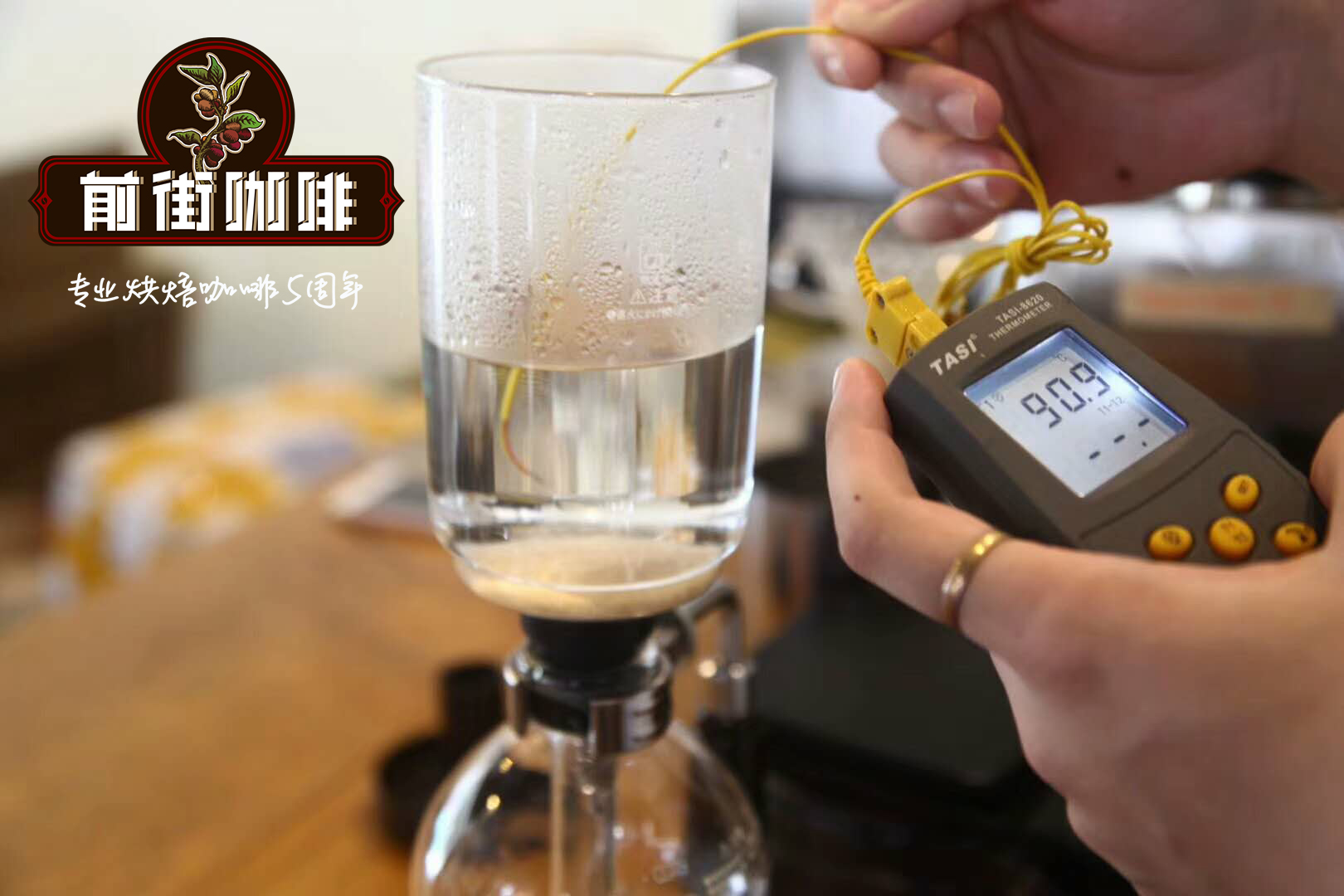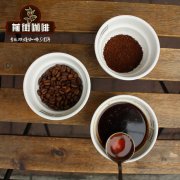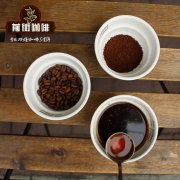Honduran Coffee | Kosawa Cooperative introduces Cosagual Fair Trade Coffee

Cooperative of Cosagual, Honduras
Producing area: Copan, Honduras
Manor: Cosagual Co-operative
Altitude: 1200-1800m
Variety: Kaddura, Kaduai
Treatment: washing
Flavor: nutty aroma of peanut almonds after grinding, jasmine or violet flowers after cooking, smooth acidity of albino plum, a slight smoky taste at the end of the mouth, the aftertaste turns into licorice sweet, leaving the whole sweetness between the teeth to stimulate the secretion of saliva.
Coffee produced in Honduras rarely appears in Taiwan's coffee market, but changes in temperature and fertile soil at the altitude at which coffee grows are all natural conditions for producing good coffee. in the past, coffee farms or cooperatives in Honduras always stayed on bulk coffee or cheap coffee because their coffee processing technology and equipment were not perfect. Good high-altitude coffee often suffers from damage to the taste and flavor in the middle of the process, but in recent years, Honduran coffee has gradually bottomed out and become a burgeoning Central American coffee in the last year or two because the Fair Trade Association (Fair Trade) funded the construction of processing equipment and increased the expertise of coffee farmers.
The Cosagual cooperative in the western mountains is mentored by the Fair Trade Association. Most coffee farms are located between 1200 and 1800 meters above sea level. Coffee is grown organically and uses natural composting and natural ways to control diseases and insect pests. It also requires members of the cooperative and raw bean merchants to comply with the founding purpose of the Fair Trade Association to enable coffee farmers to have a better income through fair and proper trading. Improving family income also improves the education and living environment of the community as a whole.
Important Notice :
前街咖啡 FrontStreet Coffee has moved to new addredd:
FrontStreet Coffee Address: 315,Donghua East Road,GuangZhou
Tel:020 38364473
- Prev

The Cocoa River Cooperative in San Juan, Nicaragua, introduces a pleasant taste of sweet and sour balance.
Producing area: Manor San Juan, Nicaragua: cocoa River (del Rio Coco) Cooperative altitude: 1100-1300m varieties: Kaddura, Elephant Bean treatment: washing Grade: SHG Flavor: ground dry aroma with nutty melon seed aroma, special lavender aroma after cooking, balanced, consistent, high and smooth taste, grapefruit acid is very fine, non-irritating, non-complex burden light, aftertaste
- Next

Introduction of Coffee Flavor characteristics of Amista Manor in Tara Pearl area of Costa Rica
Production area: Tara Pearl, Costa Rica Manor: La Amistad Manor altitude: 1200-1300m varieties: Kaddura, Kaduai treatment: washing flavor: dry aroma is vanilla aroma after cooking to send out citrus flavor, citric acid is sharp, not muddy, taste bright, clear and vibrant, aftertaste tangerine sweet light, this baking degree emphasizes Amista
Related
- Detailed explanation of Jadeite planting Land in Panamanian Jadeite Manor introduction to the grading system of Jadeite competitive bidding, Red bid, Green bid and Rose Summer
- Story of Coffee planting in Brenka region of Costa Rica Stonehenge Manor anaerobic heavy honey treatment of flavor mouth
- What's on the barrel of Blue Mountain Coffee beans?
- Can American coffee also pull flowers? How to use hot American style to pull out a good-looking pattern?
- Can you make a cold extract with coffee beans? What is the right proportion for cold-extracted coffee formula?
- Indonesian PWN Gold Mandrine Coffee Origin Features Flavor How to Chong? Mandolin coffee is American.
- A brief introduction to the flavor characteristics of Brazilian yellow bourbon coffee beans
- What is the effect of different water quality on the flavor of cold-extracted coffee? What kind of water is best for brewing coffee?
- Why do you think of Rose Summer whenever you mention Panamanian coffee?
- Introduction to the characteristics of authentic blue mountain coffee bean producing areas? What is the CIB Coffee Authority in Jamaica?

